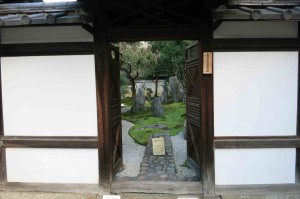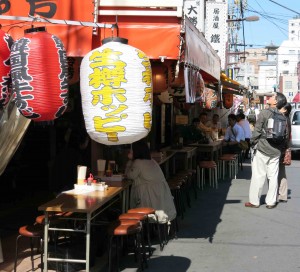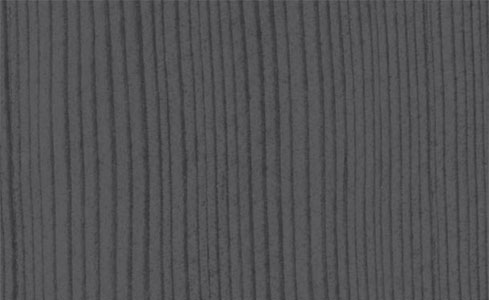EXPLORING TOKYO
Tokyo is unbelievably huge, but impressively easy to move around. The subway (METRO) system is vast and efficient, and we discover that each stop on the ring loop – the Yamanote Line – is a city unto itself, at least by our standards of size! Each seems to have its own distinct qualities, and we are enjoying exploring a couple each day.
I went off to Nippori this morning in search of Japanese fabrics, and discovered myself in an older working class neighborhood.
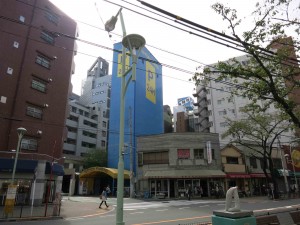
Dense urban development around the station, but within just a few blocks, the cityscape gives way to older, smaller streets lined with wall-to-wall shop fronts and dwellings, punctuated by 4 or 5 story quirky “modern” buildings that scream “unique architecture here”!
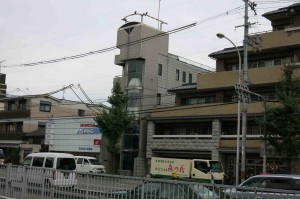
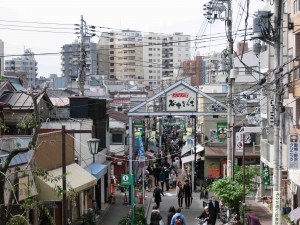
And every block or two, tucked in along the wall of the street is a roofed gate that opens into a temple or shrine. Usually there’s a lovely garden inside the gate, with the temple complex set back in behind. I can never resist pausing and looking into each of these oasis-like environments; the lush gardens and calm of the temple is such a contrast from the chaos of the streetscape.
As I grow more accustomed to this place, I realize that the fabric of this city, even with its crazy contrasts and juxtapositions, is actually a tapestry with real continuity. I start to get a sense of the patterns of major and minor streets, and what I’ll find where. I start to feel like I can know this place and feel oriented. And I notice that there is a real sense of neighborhood community within these streets.
I think this is what’s really important in successful city planning and architectural design: respect for the contextual fabric of a place enables people to know their environment and feel comfortable in it. Continuity of place seems to allow for a more cohesive community. I’m seeing it all around me, even in a city of 35 million people!
